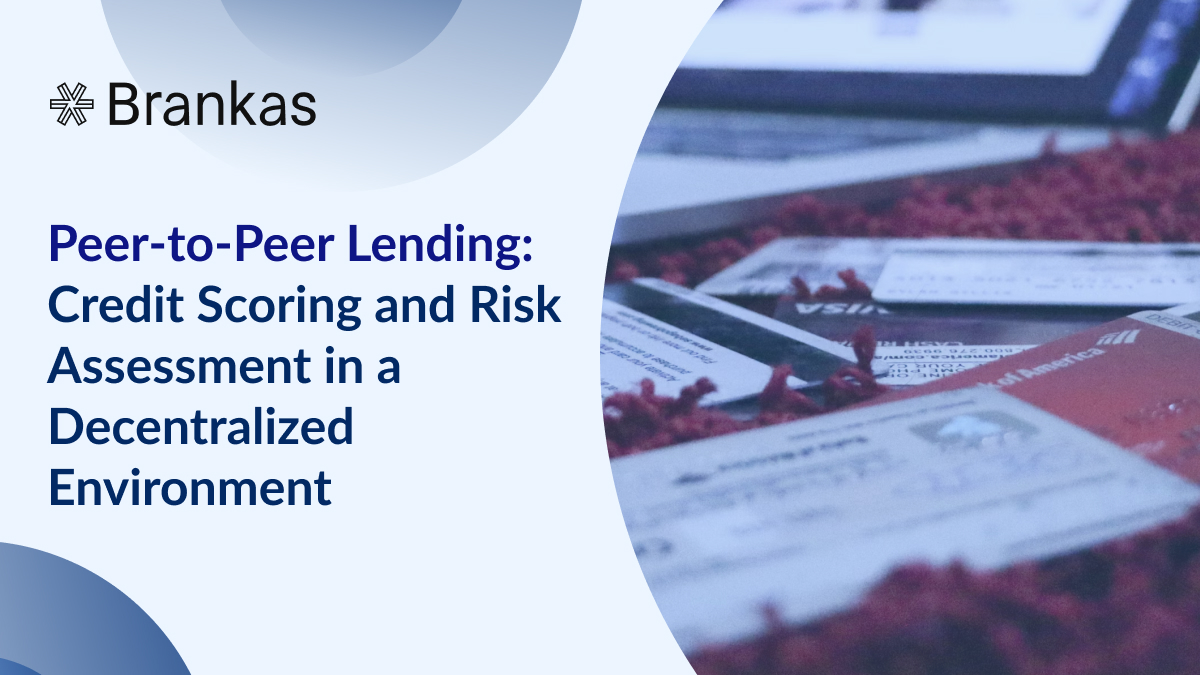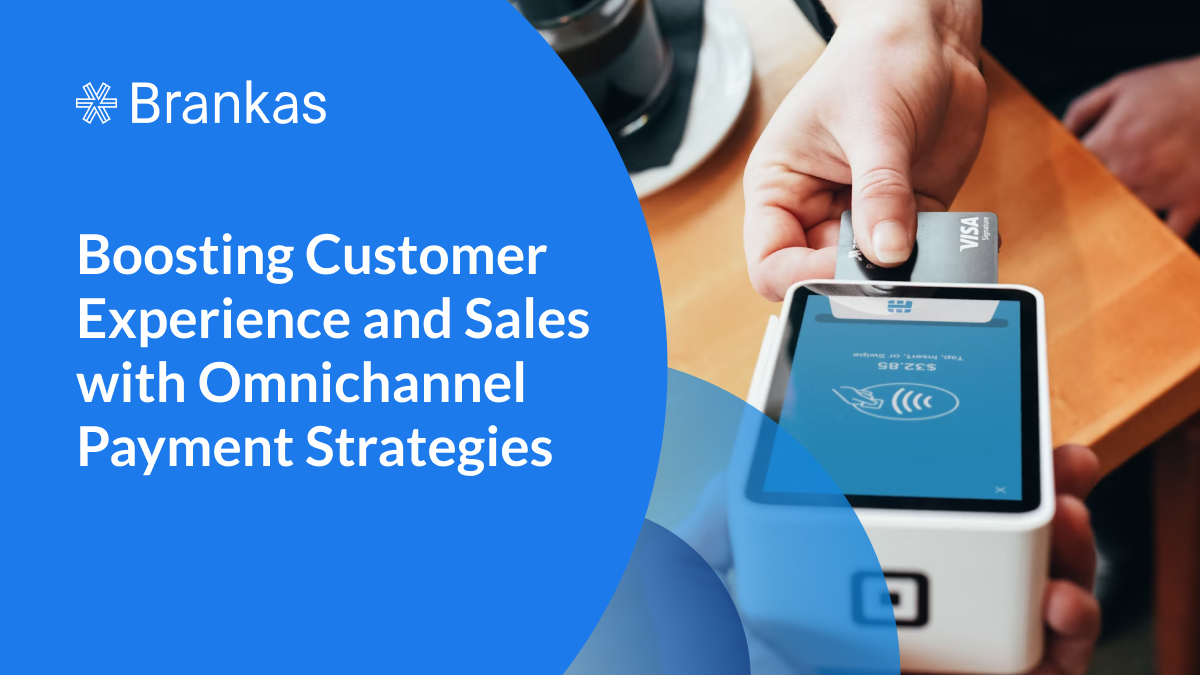Peer-to-Peer Lending: Credit Scoring and Risk Assessment in a Decentralized Environment
Loans today are no longer limited to borrowing from banks or other financial institutions. One of the fastest-growing ways to access credit is through peer-to-peer (P2P) lending platforms or websites. In 2023, its worldwide -market size was valued at almost $111 billion and is predicted to reach $ 1,168.1 billion by 2033. Technological advancements and quick access to the internet have turned P2P lending into a global phenomenon.
Lenders and borrowers are linked through online platforms, such as Kiva, LendingClub, or Blend.PH. Lenders are investors funding the P2P lending company and collect interest from loans taken by borrowers.
Peer-to-peer (P2P) lending platforms are considered decentralized because they operate without intermediaries like banks or financial institutions. Instead, borrowers are directly connected with lenders. This system ensures that loan information is open and transparent, with no central authority controlling the lending process. As a result, borrowers and lenders have more control over their financial transactions.
How Peer-to-Peer Lending Works
Online platforms are intermediaries connecting borrowers with lenders. Here is a step-by-step guide:
For borrowers:
-
Create an account with the P2P lending platform and provide personal and financial information.
-
The platform performs a credit check, which is generally less stringent than banks.
-
A borrower submits a loan request specifying the loan amount, interest rate, and repayment period.
-
The platform lists the borrower’s loan request for lenders to view.
For lenders:
-
Create an account and provide personal and financial information.
-
Browse the listed loans and choose which ones to fund. Lenders can invest in multiple loans to diversify their portfolios.
-
The borrower receives the loan amount, and the lender’s investment is recorded on the platform.
The borrower repays the loan and interest according to the agreed-upon repayment schedule. The platform tracks and updates the repayment status to ensure transparency and accountability. It calculates and distributes returns to lenders, typically paid monthly or quarterly.
Credit Scoring in Peer-to-Peer Lending
Credit scoring is a critical component of P2P lending. Unlike traditional lending institutions, P2P platforms often adopt innovative approaches to credit scoring beyond conventional methods to better cater to a diverse range of borrowers.
They gather data from non-traditional sources:
· Social media activity- Some platforms gather insights into a borrower’s lifestyle, employment status, and social network, which can indicate their reliability and stability.
· Utility and rental payments- Regular and timely payments for utilities and rent can provide valuable information about a borrower’s financial responsibility, especially for those without a traditional credit history.
· Mobile phone usage- Data on mobile phone usage and payment history can reflect a borrower’s ability to manage regular expenses.
P2P lending platforms utilize machine learning and AI:
· Predictive analytics- Machine learning algorithms can analyze vast amounts of data to identify patterns and predict a borrower’s likelihood of default. These models continuously learn and improve, offering a dynamic and real-time credit risk assessment.
· Behavioral scoring- By analyzing a borrower’s online behavior, such as browsing history and online shopping patterns, platforms can derive additional insights into their financial habits and risk profile.
Lending Club, one of the largest P2P lending platforms, combines traditional credit data and alternative data sources to assess borrower risk. Their proprietary algorithms enhance the accuracy of their credit scoring. Upstart utilizes AI for each step of the lending process, automating identity, income, employment verification, and fraud detection.
Risk Assessment in Peer-to-Peer Lending
Risk assessment in P2P lending combines traditional credit evaluation methods with innovative data analytics and predictive modeling techniques. Conventional methods include credit checks, income verification, financial assessment, co-signers, and collateral.
Non-conventional methods are:
· User history and reviews
Platforms use user history and reviews to assess trustworthiness. This includes reviewing personal financial data and assessing the borrower’s behavior on the platform
· Borrower profiling and risk categories
P2P lending platforms categorize borrowers into risk profiles based on various criteria, such as credit history, income level, and employment status. Borrowers are assigned a risk grade or score, which helps lenders evaluate the level of risk associated with each loan application.
· Social network analysis
Platforms analyze borrowers' social networks to identify patterns and connections that can shed light on their trustworthiness
· Data analytics and predictive modeling
Advanced data analytics techniques are employed to analyze vast amounts of borrower data, including traditional credit information and alternative data sources. Predictive modeling uses machine learning models, like support vector machines (SVM), to identify patterns and predict borrower behavior, improving the accuracy of risk assessments.
· Neural networks
Neural networks, such as BP neural networks, can be used to construct credit risk assessment models that integrate multiple factors and provide more accurate predictions.
· Text information processing
Platforms can integrate text information such as loan descriptions and loan titles into their assessment systems to have a more comprehensive and accurate review of borrower credit risk
· Diversification strategies for lenders
P2P lending platforms encourage lenders to diversify their investments across multiple borrowers and loan types to mitigate risk. Diversification reduces the impact of any single loan default on the overall investment portfolio, enhancing the security of lenders' funds.
By effectively assessing and managing risk, P2P lending platforms can protect lenders from potential losses, ensure their sustainability, and build user trust.
Challenges in Credit Scoring and Risk Assessment in a Decentralized Environment
Challenges to data privacy, accuracy, and regulatory compliance must be carefully managed to maintain the integrity and effectiveness of risk assessment processes.
Ensuring the protection of borrower data is a significant challenge. Platforms must implement robust security measures to safeguard sensitive information and comply with data protection regulations. Balancing the need for comprehensive data collection with privacy concerns requires careful consideration and transparent data handling practices.
Alternative data sources can enhance risk assessment, but they also present challenges related to accuracy and reliability. Potential biases in non-traditional data, such as social media activity or utility payments, must be addressed to ensure fair and accurate risk evaluations.
The decentralized nature of P2P lending can complicate regulatory oversight. Platforms must navigate a complex regulatory landscape to ensure compliance with financial regulations and consumer protection laws. Evolving regulations may impact the methods and practices used in risk assessment, requiring platforms to stay agile and adaptive.
In Summary
Peer-to-peer lending platforms offer a decentralized and innovative approach to borrowing and lending. Central to the success of these platforms are robust credit scoring and risk assessment mechanisms. By leveraging alternative data sources and advanced technologies like machine learning, P2P platforms can more accurately evaluate the creditworthiness of borrowers and manage risk effectively.
Risk assessment is particularly critical in protecting lenders from potential defaults and ensuring the sustainability of P2P platforms. However, the decentralized nature of P2P lending also presents challenges, including data privacy concerns and the need for regulatory compliance.
The continuous evolution of credit scoring and risk assessment methodologies holds promise for enhancing the reliability and inclusivity of P2P lending. As these platforms grow and innovate, they have the potential to expand financial access significantly and empower individuals and businesses worldwide.


